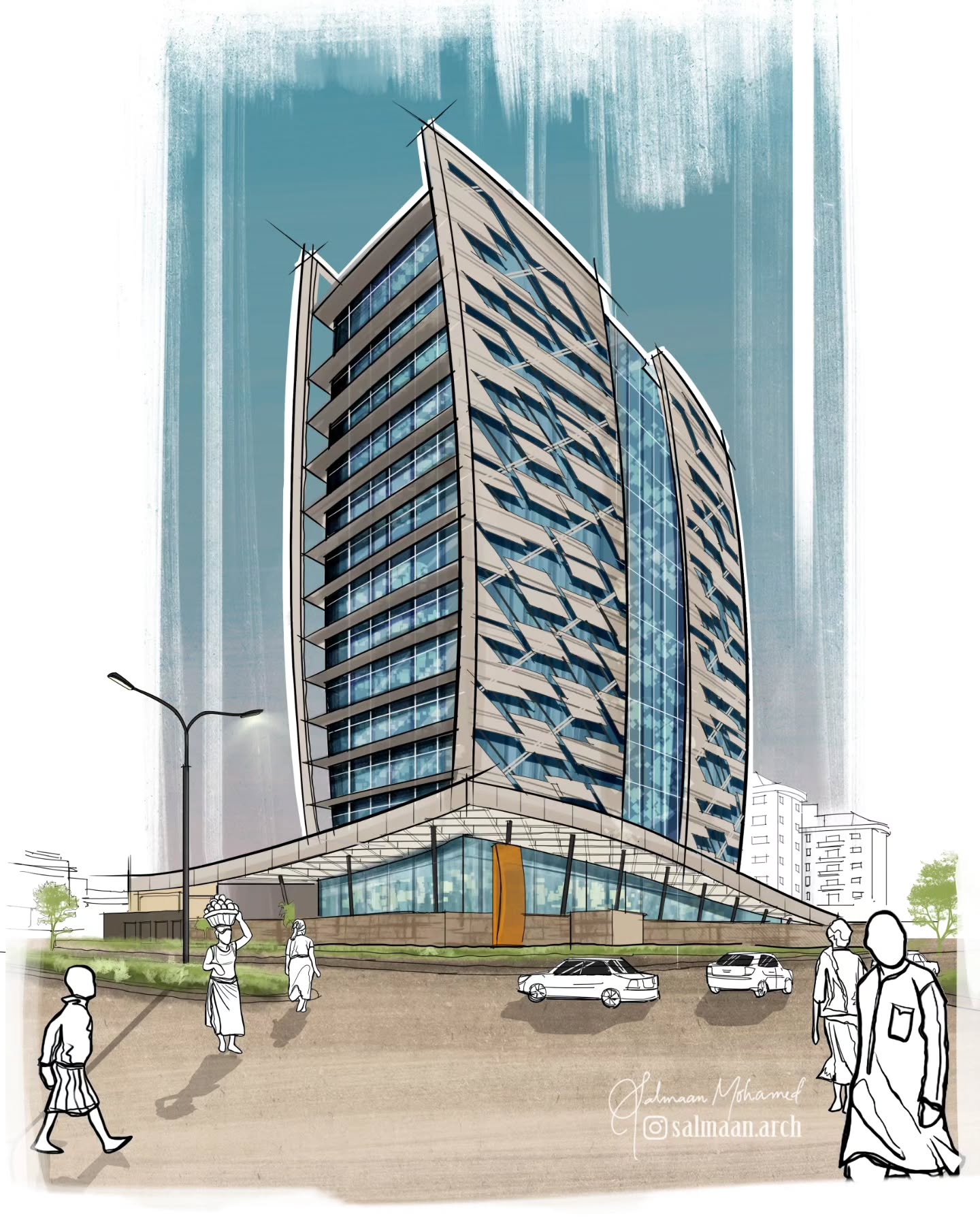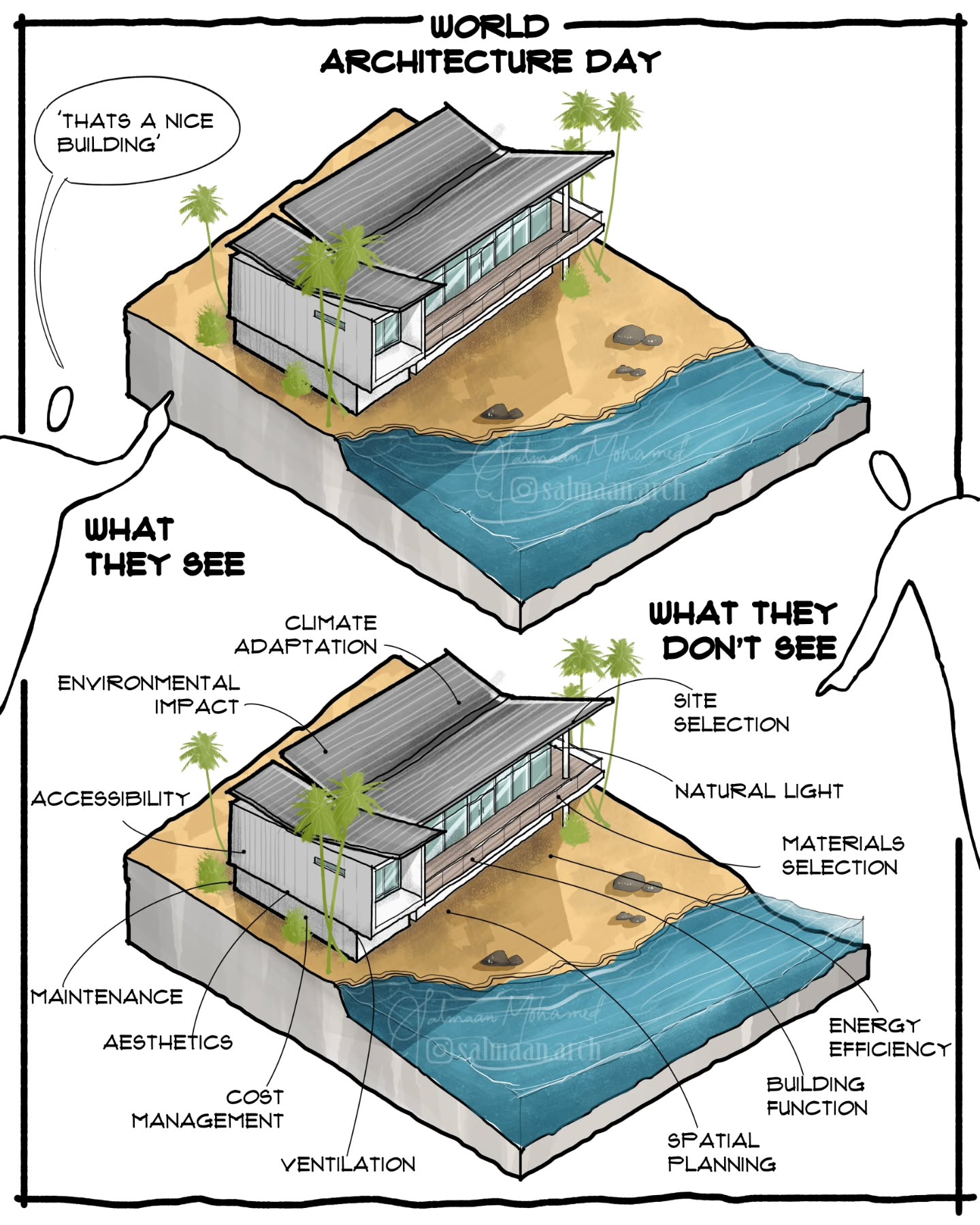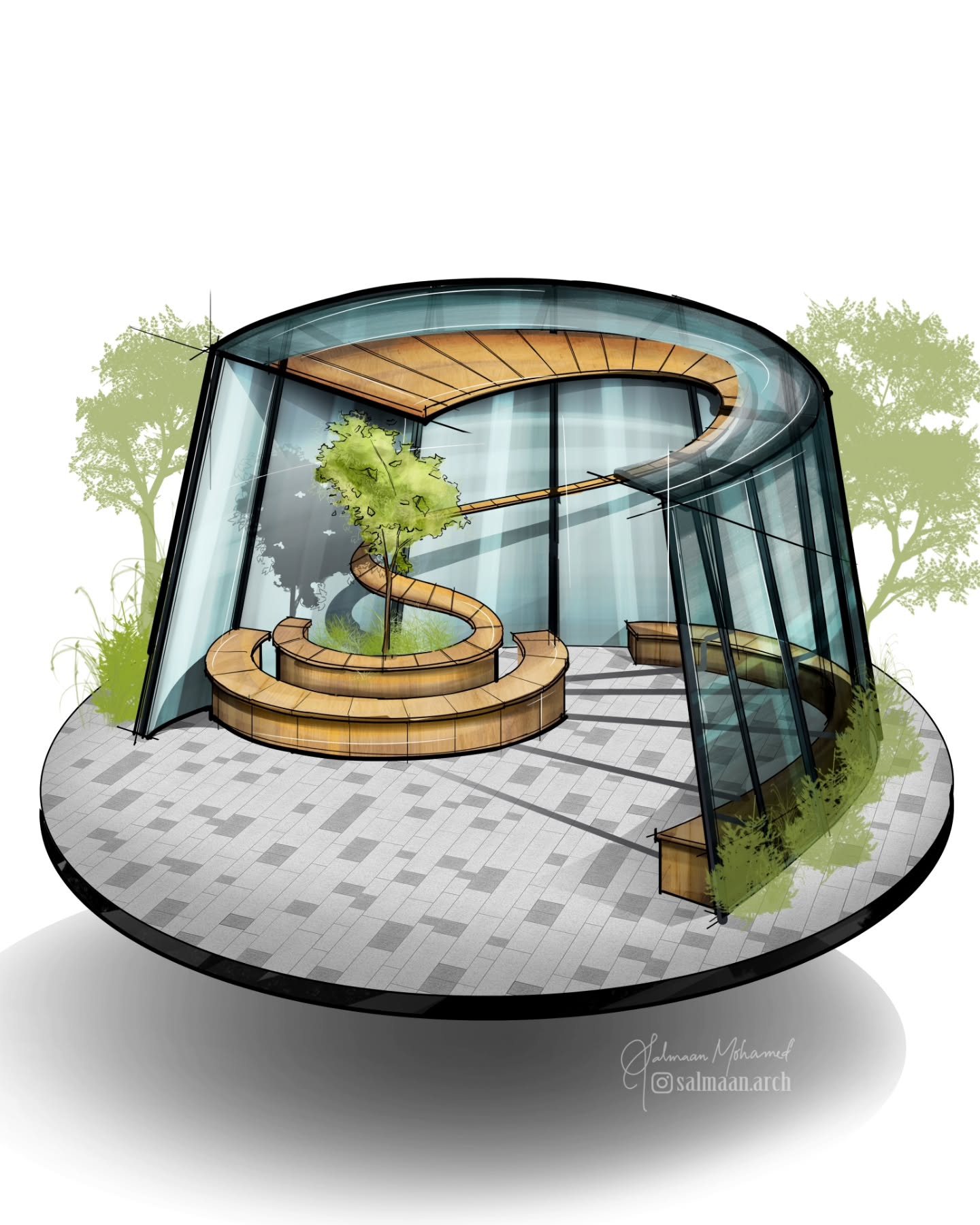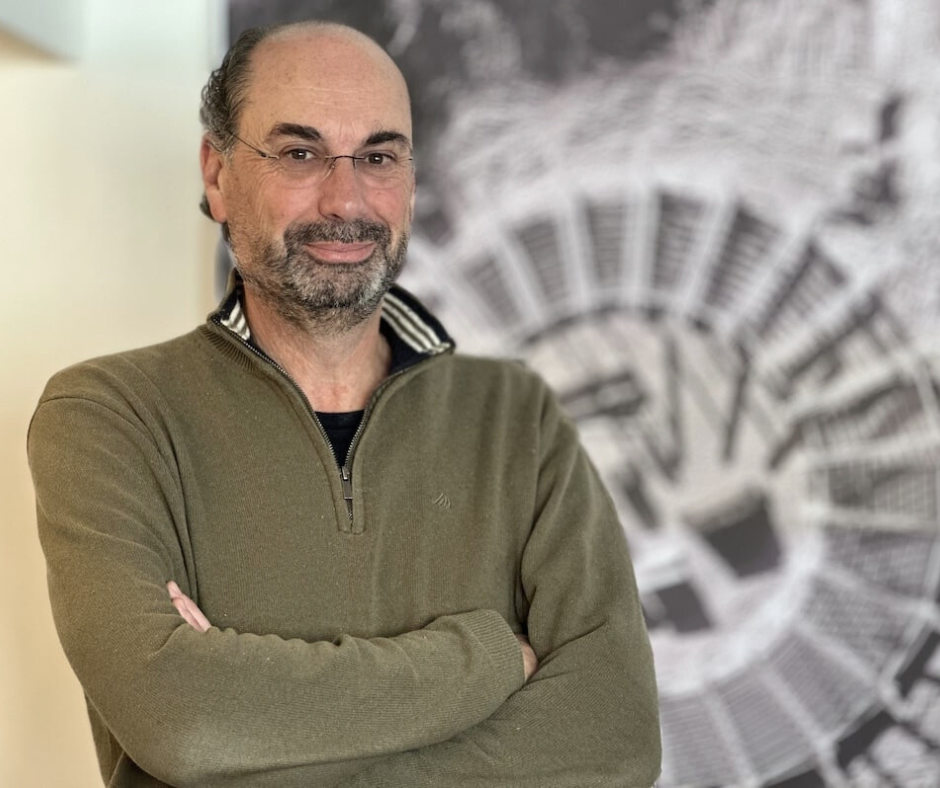- Home
- Articles
- Architectural Portfolio
- Architectral Presentation
- Inspirational Stories
- Architecture News
- Visualization
- BIM Industry
- Facade Design
- Parametric Design
- Career
- Landscape Architecture
- Construction
- Artificial Intelligence
- Sketching
- Design Softwares
- Diagrams
- Writing
- Architectural Tips
- Sustainability
- Courses
- Concept
- Technology
- History & Heritage
- Future of Architecture
- Guides & How-To
- Art & Culture
- Projects
- Interior Design
- Competitions
- Jobs
- Store
- Tools
- More
- Home
- Articles
- Architectural Portfolio
- Architectral Presentation
- Inspirational Stories
- Architecture News
- Visualization
- BIM Industry
- Facade Design
- Parametric Design
- Career
- Landscape Architecture
- Construction
- Artificial Intelligence
- Sketching
- Design Softwares
- Diagrams
- Writing
- Architectural Tips
- Sustainability
- Courses
- Concept
- Technology
- History & Heritage
- Future of Architecture
- Guides & How-To
- Art & Culture
- Projects
- Interior Design
- Competitions
- Jobs
- Store
- Tools
- More
Inspirational Stories #2: Salmaan Mohamed
Here is the our latest article series: Inspirational Stories. In this series, there will be conversations with architects, studios, and content creators whose stories to inspire you about architecture!

Here is the our latest article series: Inspirational Stories. In this series, there will be conversations with architects, studios, and content creators whose stories to inspire you about architecture!
We’re going on with the second article of the Inspirational Stories. In this article, we are proud to feature Salmaan Mohamed who is a self-described “visual storyteller”, architect and illustrator. If you’re not already following @salmaan.arch on Instagram, do not miss his amazing architectural contents anymore.

Table of Contents
ToggleHow would you describe yourself as an architect and your creative practice?
Salmaan Mohamed: I would describe myself as an architect and visual storyteller, with a creative practice rooted in architectural illustration. While my foundation lies in design, my career has taken a unique trajectory one that focuses on visualizing ideas rather than building them in the traditional sense. I’ve carved out a niche where sketching is not just a skill, but a primary tool for communication a way to translate abstract concepts into accessible, emotionally resonant visuals. I collaborate with design firms across the world to create visuals that help communicate the essence of a project, not just how it looks, but how it feels, functions, and fits into its context. My illustrations aim to make ideas tangible, especially during the early stages of design when clarity is crucial. At the heart of my practice is the belief that architecture is as much about experience as it is about form. Through drawing often blending traditional techniques with digital and emerging tools I strive to capture the atmosphere, scale, and emotion of spaces in a way that resonates with designers, clients, and the broader public alike. It’s this intersection of design, storytelling, and communication that continues to shape my work today.

When and why did you start creating architectural content?
Salmaan Mohamed: I began creating architectural content during my first year of architecture school in 2014. At the time, it was quite instinctive, I simply started sharing my sketches, assignments, and design explorations on social media. It wasn’t until much later that I truly understood why I was doing it. What began as a casual habit slowly evolved into something more intentional, as I noticed growing interest from others who were curious not just about the final visuals, but about my process, how I sketched, how I thought through design problems, and how I approached architectural representation. Back then, architectural content was still relatively rare on social platforms, and in particular, there was very little insight available into niche skills like architectural sketching or software workflows. I realized that the kind of content I was searching for, tutorials, behind-the-scenes breakdowns, or creative inspiration simply didn’t exist in a relatable or accessible format. So, I started creating what I myself would have loved to learn as a student. In many ways, my content became a dialogue with my younger self, a way to document my learning, demystify the design process, and share knowledge with anyone eager to grow in the field. Over time, this practice grew into a larger creative mission: to make architecture more accessible, visual, and emotionally resonant through storytelling, illustration, and emerging tools like AI.

What do you find most challenging about content creation?
Salmaan Mohamed: One of the most challenging aspects of content creation today especially within architecture is keeping up with how rapidly content formats evolve. When I first began, architectural ideas were primarily shared through static images, sketches, illustrations, or design boards. Over time, the landscape shifted dramatically toward video, and then again toward short-form video content driven by quick consumption and algorithmic trends. As a creator, you’re constantly adapting not just in how you present your work, but in how you distill complex architectural ideas into formats that are easily understood in seconds. This poses a unique challenge because architecture is inherently layered. It deals with spatial experience, context, and atmosphere. Things that can’t always be compressed into 15 seconds. Balancing the depth of the subject with the clarity and brevity demanded by modern platforms is a continual learning process. At the same time, this shift has opened up new opportunities. Short-form content allows students and emerging designers to share their work quickly and reach wider audiences that were once hard to access. The key is to embrace the changing medium without losing the integrity of the message and that’s the line I try to walk in my practice.

What aspects of architecture do you most want to highlight or make more visible through your work?
Salmaan Mohamed: One of the key aspects I try to highlight through my work is the experience of architecture. How spaces feel, how people interact with them, and how light, scale, and materiality shape those moments. I’m especially interested in making the intangible aspects of design more visible, things like atmosphere, context, and emotion, which often get lost in technical drawings. Through illustration and visual storytelling, I try to bridge that gap and make architectural ideas more relatable, whether it’s for students, professionals, or a wider audience.

Who are the content creators and architects that inspire and influence you?
Salmaan Mohamed: I draw inspiration from a mix of architects, illustrators, and interdisciplinary creators. In architecture, people like Peter Zumthor and Carlo Scarpa have always fascinated me for how they approach detail, material, and atmosphere. Within the niche of architectural illustrations, I’m deeply inspired by the works of Jim Keen and Benji Connell who’s works emphaises storytelling through illustrations in a simple and profound manner. On the content side, I’m inspired by people who simplify complex design ideas or creators on YouTube who break down urbanism or design thinking in a digestible way like Stewart Hicks. Upstairs and Showitbetter have been a huge source of inspiration for architectural presentations.

Do you follow AI and other emerging technologies?
Salmaan Mohamed: Yes, I actively follow Artificial Intelligence and other emerging technologies, particularly where they intersect with architecture and visual storytelling. As someone whose practice blends traditional illustration with digital workflows, I view AI not just as a trend, but as a significant shift in how we design, perceive, and communicate architecture. It’s transforming the creative process, from concept development to visualization and opening up entirely new ways to engage with space and form. That said, I’m also mindful of the difference between what’s truly useful in an architectural workflow versus what’s just hype. I constantly explore how these tools can be practically integrated into everyday design processes for things like ideation, rapid prototyping, or enhancing visual narratives. The pace at which AI is evolving is incredibly fast, and staying grounded in what actually adds value is key. To stay informed, I follow platforms like Dezeen, ArchDaily, and Designboom for architectural applications. I also look to creators and researchers at the forefront of this space like Tim Fu, founder of Studio Timfu whose experimental work offers compelling insights into how AI can be used creatively yet meaningfully in architecture. There are a lot more creators sharing their insights regularly on Linkedin and those are highly valuable.
- architect portfolio
- architectural content
- architectural sketches
- architecture project inspiration
- architecture visionaries
- content creator
- creative architecture solutions
- cutting-edge architecture trends
- digital architectural tools
- innovative architectural designs
- inspirational architecture stories
- Salmaan Mohamed
- Salmaan Mohamed architecture
- Salmaan Mohamed works
- unique architectural styles
- visual architecture
- visual architecture tools
- visual storytelling
Submit your architectural projects
Follow these steps for submission your project. Submission FormLatest Posts
Inspirational Stories #13: Studio Transit
Studio Transit’s story is a powerful example of how research, collaboration, and...
Inspirational Stories #12: Ekaterina Andryukhina (Sketch1story)
In this edition of Inspirational Stories, illustrator Ekaterina Andryukhina (@sketch1story) discusses her...
Inspirational Stories #11: Paulo Lousinha / Lousinha Arquitectos
In this edition of Inspirational Stories, we welcome Portuguese architect Paulo Lousinha...
Inspirational Stories #10: Luis Furushio
The 10th edition of our Inspirational Stories series highlights Luis Furushio, a...












Leave a comment